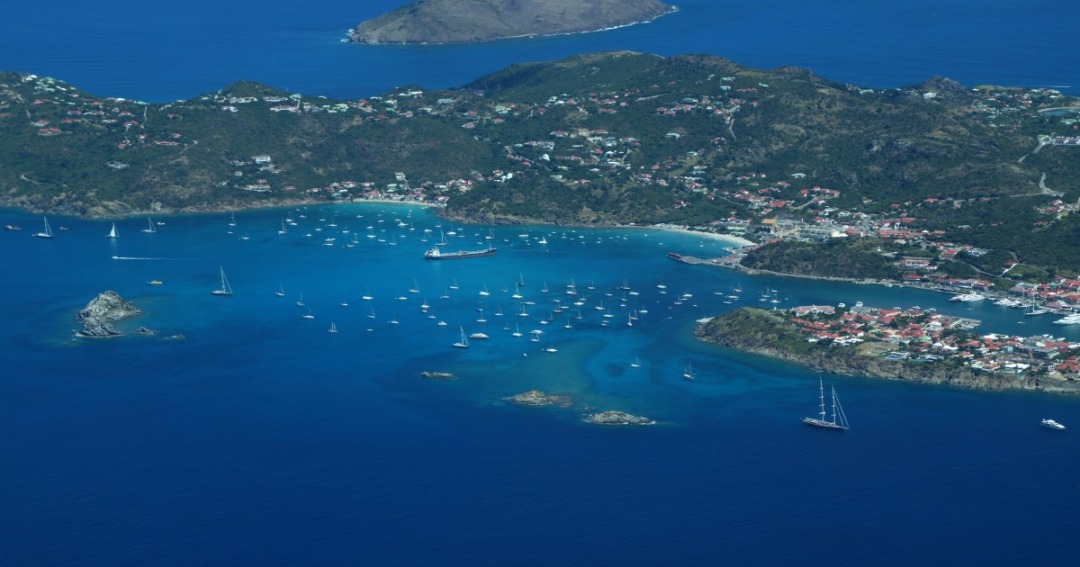
![]()
On a misty morning in Panchgani, the Deccan plateau stretches endlessly, its rugged cliffs and flat-topped hills bathed in golden light. Few visitors strolling through its strawberry farms or winding roads realise they are walking across one of the world’s largest volcanic formations — the Deccan Traps, born out of cataclysmic lava flows some 66 million years ago. Today, that dramatic landscape has stepped closer to global acclaim, making it to UNESCO’s Tentative List of World Heritage Sites.
It isn’t alone. Alongside Panchgani and Mahabaleshwar, six other natural marvels from across India have been recognised by UNESCO — each telling a different story of the Earth, etched in stone, sand, or sea cliffs.
Landscapes Written in Deep Time
Off the coast of Karnataka, the St. Mary’s Islands rise from the Arabian Sea, their hexagonal basalt pillars looking almost sculpted by hand. In Meghalaya, caves in the East Khasi Hills plunge into darkness, carrying secrets of the Meghalayan Age and preserving clues to ancient climate shifts. Farther east, in Nagaland, the rugged Naga Hill Ophiolite offers scientists a rare glimpse of what lies beneath the ocean floor — thrust onto land by tectonic forces millions of years ago.
The story doesn’t end there. In Andhra Pradesh, the Erra Matti Dibbalu, a surreal stretch of rust-red sand dunes near Visakhapatnam, shimmer in the sun like a Martian landscape. Not far away, the forested Tirumala Hills of Tirupati — better known for their sacred temples — have been recognised for their geological and ecological value. And in Kerala, the dramatic Varkala cliffs, standing tall against crashing waves, remind visitors that nature can be both fierce and profoundly beautiful.
Together, these sites expand India’s UNESCO Tentative List to 69 entries — a mix of cultural and natural heritage that reflects the country’s astonishing diversity. For scientists, conservationists, and travellers alike, the new additions are a reminder that heritage isn’t only about monuments and ruins. It is also about the landscapes that hold within them the memory of the Earth itself.
A Festival Rooted in Sun and Water

While cliffs and caves tell stories of deep time, India is also pushing for recognition of a living tradition: the Chhath Festival. Celebrated in Bihar, eastern Uttar Pradesh, Jharkhand, and parts of Nepal, it is one of the country’s oldest rituals of sun worship.
For four days, millions of devotees — many of them women — fast, stand waist-deep in rivers or ponds, and offer prayers to the rising and setting sun. There are no idols, no firecrackers, no excess. Instead, there is discipline, devotion, and an unbroken bond between people and the natural elements.
Chhath is as much about resilience as it is about faith. Families prepare traditional offerings like thekua, gather on riverbanks, and sing folk songs that have been passed down for generations. The festival’s eco-friendly character and its emphasis on community make it a strong contender for UNESCO’s Intangible Cultural Heritage list. Recognition, experts say, would shine an international spotlight on its values of sustainability, inclusivity, and harmony with nature.
Also Read: https://blog.explurger.com/unesco-world-heritage-sites-in-india/
Why Recognition Matters
Being added to UNESCO’s Tentative List is only the first step. From here, the sites will undergo scrutiny before they can be nominated for full World Heritage status. But even this milestone matters. It brings visibility, encourages conservation, and often sparks fresh interest in local communities and tourism.
As one senior archaeologist explained, “Our forts and temples tell the story of civilisation, but these sites tell the story of the planet. Both need to be preserved, because both define who we are.”
A Broader Cultural Diplomacy
India has been steadily expanding its UNESCO footprint. In recent years, Santiniketan, the Sacred Ensembles of the Hoysalas, and Dholavira have been added to the World Heritage List. With seven new natural landscapes and the Chhath Festival in line, the country is making it clear that its heritage diplomacy isn’t only about ancient monuments — it is about ecosystems, rituals, and traditions that continue to shape daily life.
From the lava flows of Maharashtra to the sunlit waters of Bihar’s ghats, India is offering the world a broader picture of what heritage means. It is not just what we build, but also how we live — with the land, the sky, and the stories passed from one generation to the next.


